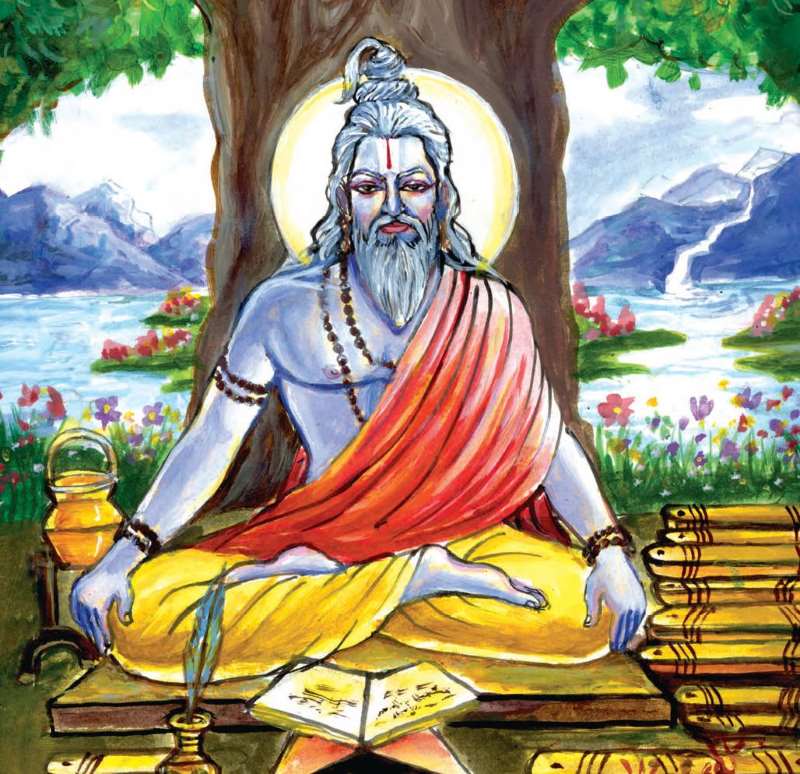Guru Purnima or Vyasa Purnima The auspicious ‘Vyasa Purnima’ is also called Guru Purnima. It falls on Ashada Suddha Purnima. Our ancestors used to proclaim that Lord Shankara is Adibhikshu, the great Sage Valmiki is Adikavi and the Saint Veda Vyasa is Adi Guru. On the day of the Vyasa Purnima, one remembers and worships Read More
Ads Blocker Detected!!!
We have detected that you are using extensions to block ads. Please support us by disabling these ads blocker.

